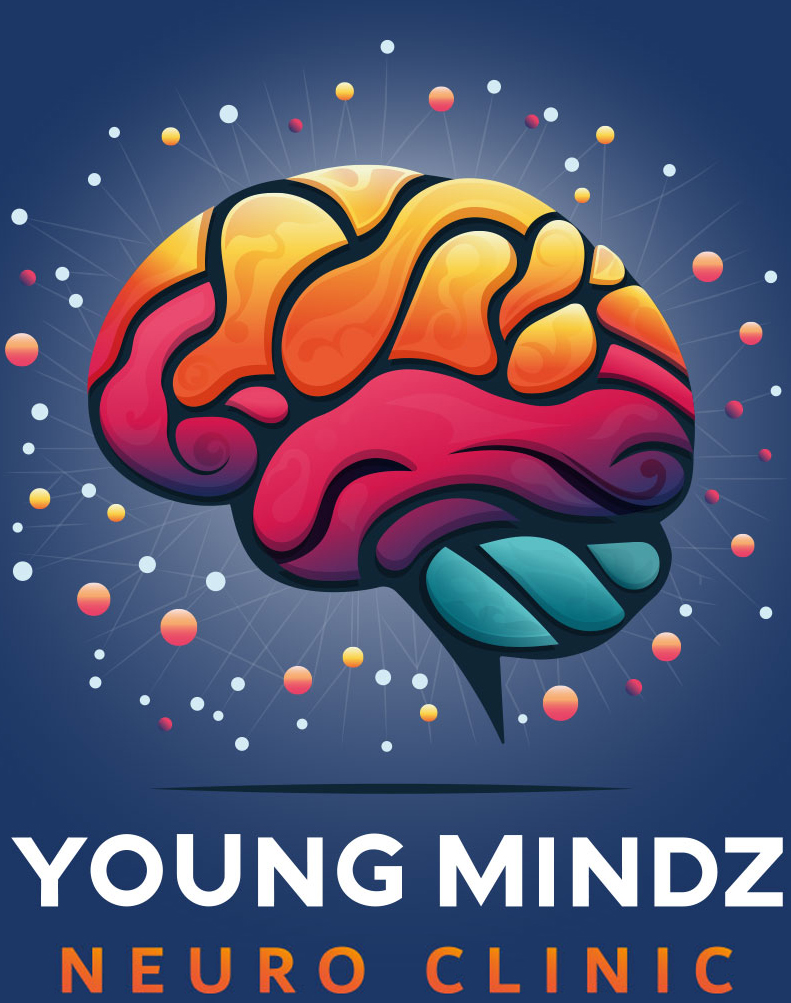COVID-19 Resources for Neurology Coaches... Learn More
Syncope (Fainting)
What is syncope?
This is the medical term for fainting. After fainting, a person quickly “comes to” and is OK again. Syncope is very common. About 1 out of every 3 people has it at some point. In many cases, syncope is nothing to worry about.
What causes syncope?
It happens when the brain temporarily doesn’t get enough blood. One of the most common reasons this happens is called “reflex” or “vasovagal” syncope. During reflex syncope, the body has a reaction in which the heart beats too slowly or the blood vessels expand (or both). This can happen for lots of different reasons. People can have reflex syncope if they:
- Have stress from fear or pain (for example, because they are injured or have blood taken for tests)
- Stand for too long, or are too tired or overheated
- Have an unusual reaction to urinating, coughing, or other body functions
Sometimes, reflex syncope happens with no clear cause.
People can also have syncope that is not reflex. This can happen due to the following problems:
Seizures
Your blood pressure drops when you stand or sit up. That can happen if you:
- Do not drink enough water
- Take certain medicines that cause your blood pressure to drop
- Lose a lot of blood (for example, if you get hurt)
- Have a medical condition that affects your blood pressure
Heart Disease: For example a structural abnormality or the heart beats too quickly or too slowly because of problems with the heart’s electrical system or because of side effects from some medicines
Is syncope dangerous?
In many cases, no. But it can be dangerous if you fall and hurt yourself when you faint. It can also be dangerous if you faint while driving. To be safe, check with your doctor before you start driving again after you faint.
Should I see a doctor?
Yes. Anyone who faints should see a doctor. Most cases of syncope are not serious. But people can get hurt when they faint. Also, in some cases, syncope is caused by a serious medical condition that should be treated. Knowing what caused you to faint can help you prevent it from happening again.
Tell your doctor what happened before, during, and after you fainted. If someone was with you when you fainted, they might be able to tell you what happened. The following information is helpful:
- What were you doing before you passed out?
- How were you feeling before you passed out?
- How long were you passed out?
- How well did you recover?
- Do you have a past history of fainting?
- A list of the medicines you take
- Any medical conditions you might have
Your doctor will ask you a few questions and do an exam. During the exam, the doctor might:
- Check your blood pressure and heart rate when you are lying down, sitting, or standing
- Listen to your heart to check whether something might be wrong with your heart valves or heart muscle
Will I need tests?
Yes. Your doctor will do an electrocardiogram (“ECG”). For this test, they will put sticky pads on your chest, belly, arms, and legs. Long, thin wires connect the pads to a machine (figure 1). The device records the electrical activity in your heart. This can show if the pattern of your heartbeats is abnormal.
You might get other tests, too. These could include 1 or more of the following:
- Echocardiogram (“echo”) – This uses sound waves to create images of your heart as it beats (figure 2). It lets the doctors measure the walls and chambers of your heart, see how your heart is pumping, and check how your heart valves are working.
- Carotid sinus massage – A doctor presses on a blood vessel in your neck (figure 3) while watching your ECG. This can show if your blood vessel is too sensitive to pressure.
- Home heart monitor – You wear or carry a device around at home while you do your normal activities. One type of monitor records all your heartbeats for 1 or 2 days (figure 4). With others, you push a button to record heartbeats when you feel symptoms (figure 5). There is also a monitor you can wear as a sticky patch that goes on your chest. It does not require separate wires or battery packs. You wear the patch for up to 30 days.
Can syncope be prevented?
You might be able to reduce your chances of fainting again if you:
- Learn what causes your syncope:
- If an activity or condition causes syncope, you can try to avoid it.
- If a medicine causes syncope, your doctor can help you find an alternative.
- If a heart condition causes syncope, your doctor can suggest a treatment.
- Lie down with your feet up when you think you might faint.
How is syncope treated?
That depends on what is causing the syncope. In many cases, the main treatment is to avoid the situations that cause syncope.
In less common cases, other treatment might be needed. For example, you might need a pacemaker if your heart beats too slowly and this causes syncope. A pacemaker is a device that is put under your skin. Thin wires attach to your heart. They help the heart beat at a normal speed or in a regular pattern.
What if my child faints?
Take them to see a doctor. Most cases of syncope in children are not serious. Often, they are caused by reflex syncope. Syncope can also happen in children if:
- They hold their breath for too long.
- Their blood pressure drops when they stand or sit up.
- They swallow medicines, drugs, or alcohol.
- They have carbon monoxide poisoning.
In less common cases, syncope in children can be caused by a life-threatening condition, such as a serious heart condition, overheating, or a severe allergic reaction (called anaphylaxis).
Source: UpToDate


